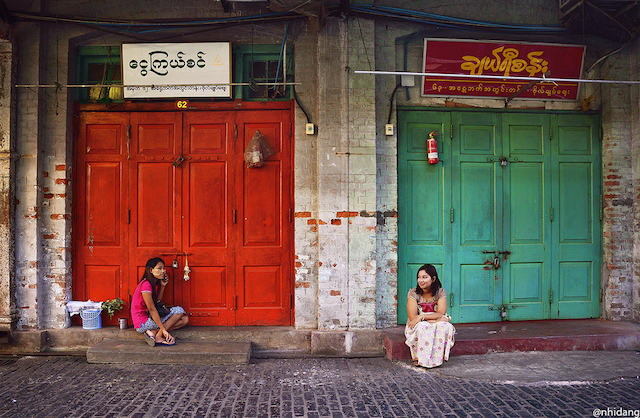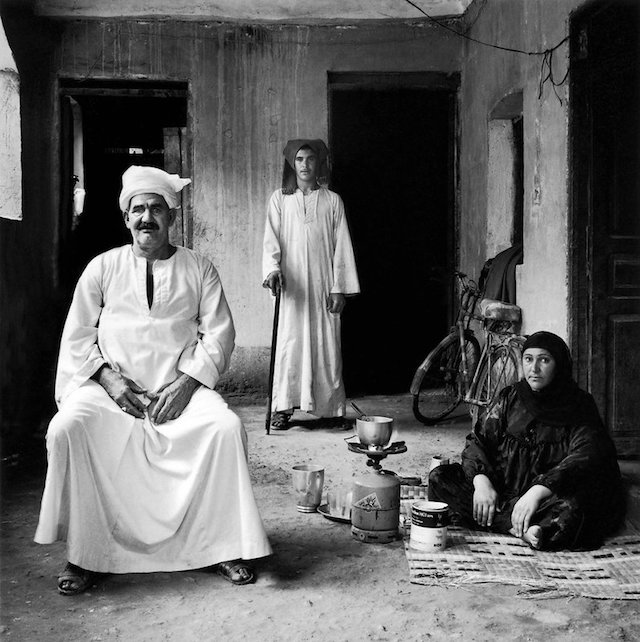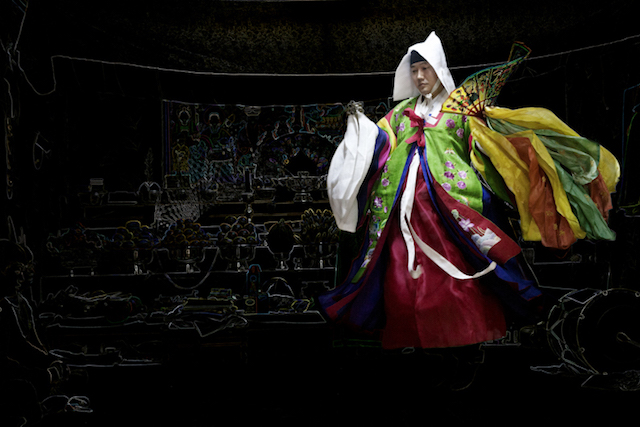Nhi Dang | Dreams Of Myanmar

Myanmar, or Burma (as I occasionally prefer to call it) is a wonderful country which I had the pleasure of traveling in some time before its recent "modernization". Its people consist of a mix of settlers and invaders from all sides; the Mon and the Pyu are thought to have come from India, while the now dominant Bamar migrated through Tibet, and by the year 849, had founded a powerful kingdom centered in Bagan. For the next millennium, the Burmese empire grew through conquests in Thailand and in India, then shrank under attacks from China and due to internal rebellions. Photo � Nhi Dang-All Rights Reserved I am often on the look out for young talented travel photographers to feature on this blog, and, because of my own background, I'm especially partial to those who left the "comfort" of a corporate career for a life of creativity, travel and cultural affinity. My current feature is about such an individual; Nhi Dang who describes herself as a videographer, ph




